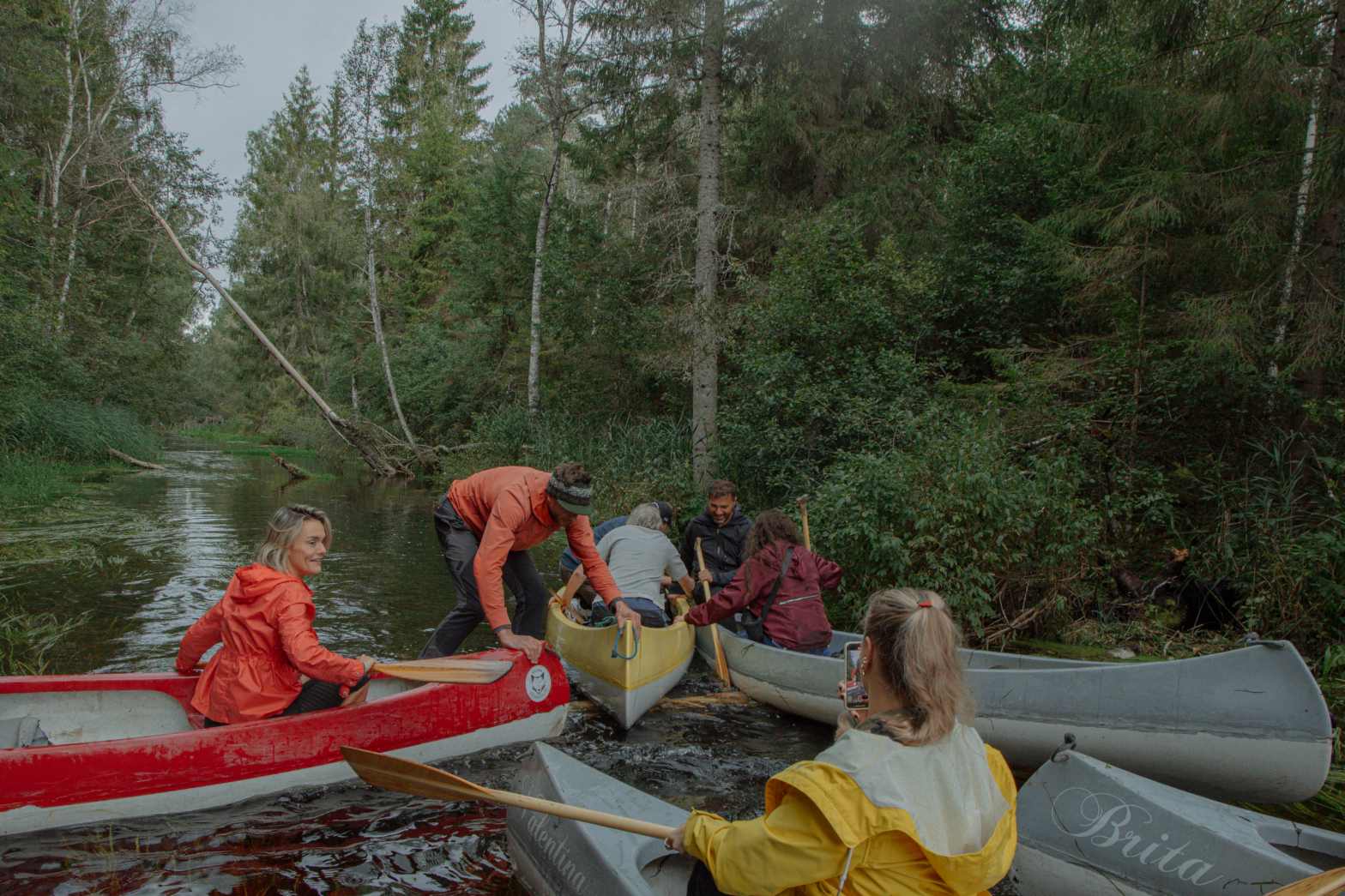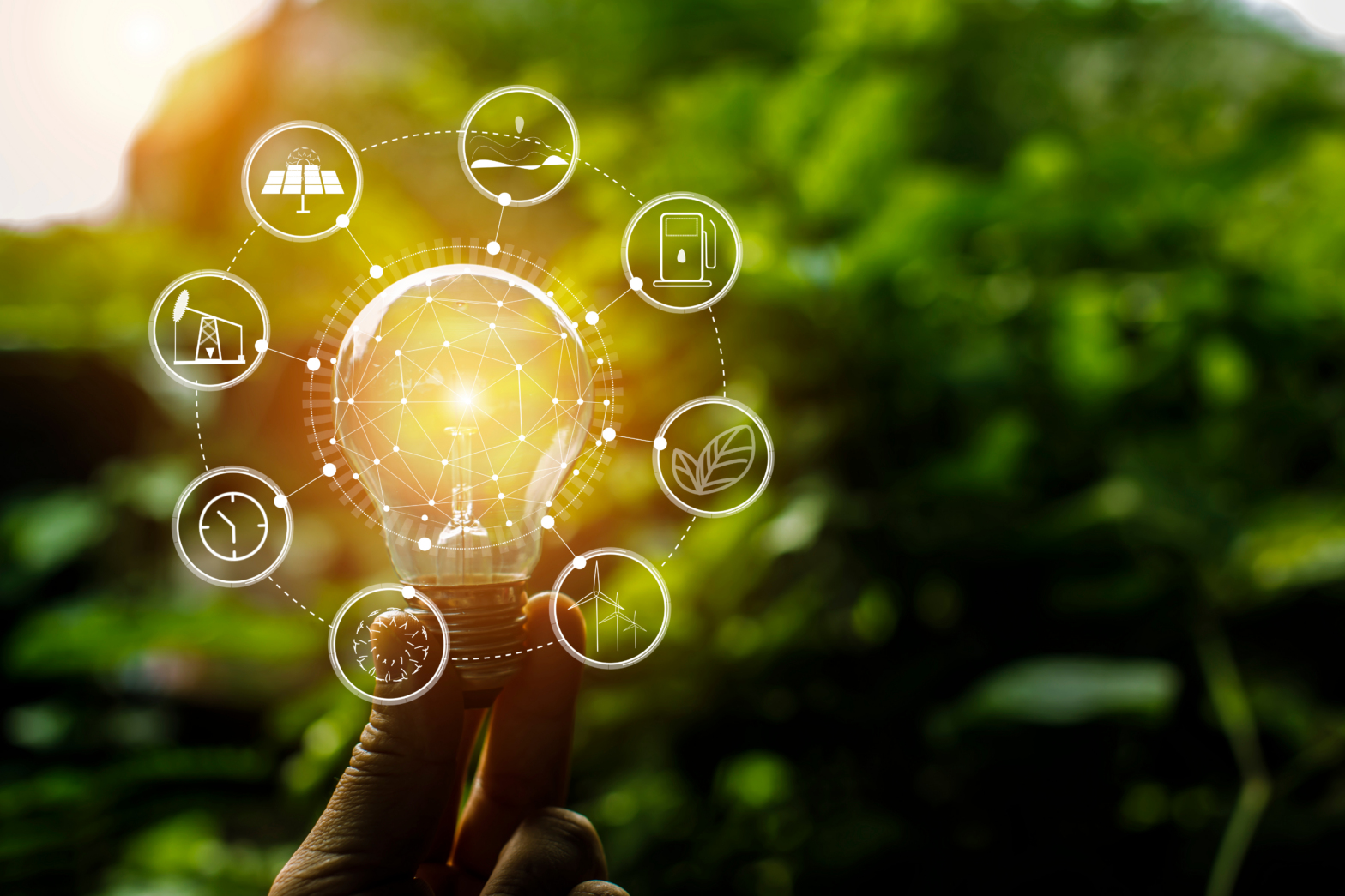The future circular bioeconomy is based on the efficient use of raw materials that also supports the use of local resources. Working closely with farmers, other industries, municipalities, and regions, TREASoURcE project aims to create circular bioeconomy markets and business models, to support the formation of biobased value chains and explore the possibilities of using urban and rural waste and side streams.
Today, the effective use of side streams from agriculture has been slowed down by challenges related to profitability and logistics.
On an individual farm, the quantities of side streams can be small and/or seasonal and suitable buyers cannot be found. To address these challenges and connect supply with demand, the KiertoaSuomesta.fi (CircularFinland in English) digital marketplace was created, providing a meeting point for sellers and buyers of these materials to promote their more efficient and sustainable use.
The main target groups for the marketplace are companies in agriculture, forestry, and the food industry producing biobased side and waste streams, as well as industry and the public sector that use these raw materials. The uniqueness of this platform lies in its ability to connect all stakeholders of the value chain (Figure 1). The KiertoaSuomesta.fi platform has been developed to be the central platform for the biobased side streams, bringing together geographically dispersed producers and potential buyers in Finland (more about Finnish marketplace).
In TREASoURcE project we also aim to understand if and how the solutions we create can be replicated in and transferred to other countries. In this project brief we present our conclusions on potential transferability of KiertoaSuomesta.fi platform to Estonian conditions.






